A Captivating New Book about the World of Bats
Bats are often misunderstood, but a new book is helping change that. In The Genius Bat: The Secret Life of the Only Flying Mammal, neuroscientist
Taiwan’s Endemic Species Research Institute provided ideal facilities and hospitality thanks to Director, Kuo-Yun Fang’s and Research Fellow, Hsi-Chi Cheng’s enthusiastic support and the outstanding collaboration of their staff, especially Cheng-Han Chou (Shock) and Yu-chun Tan (Tammy).
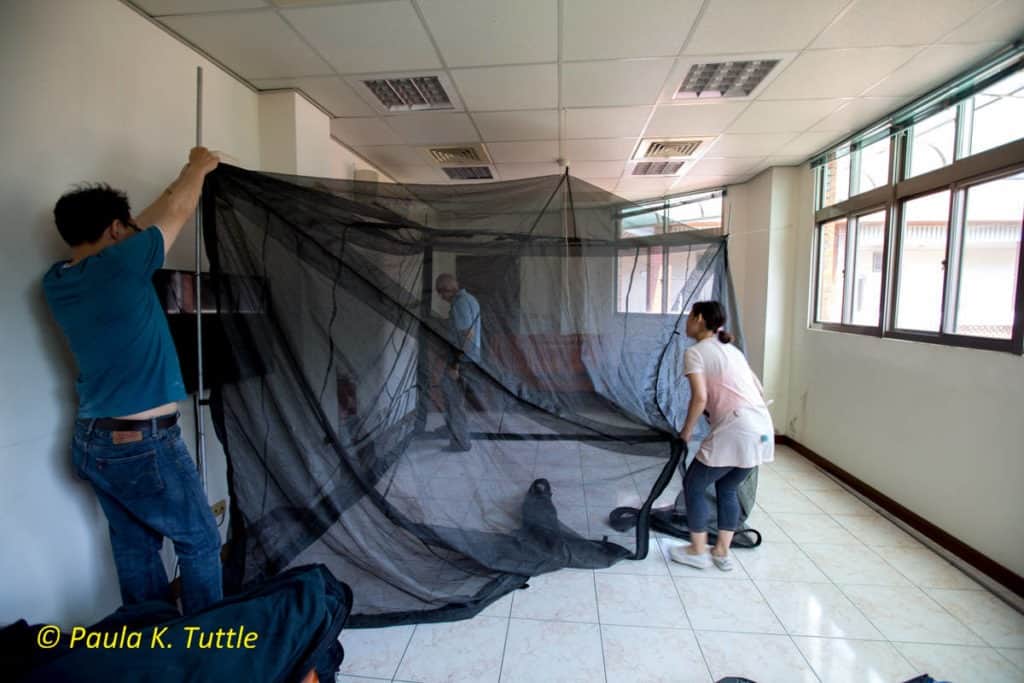
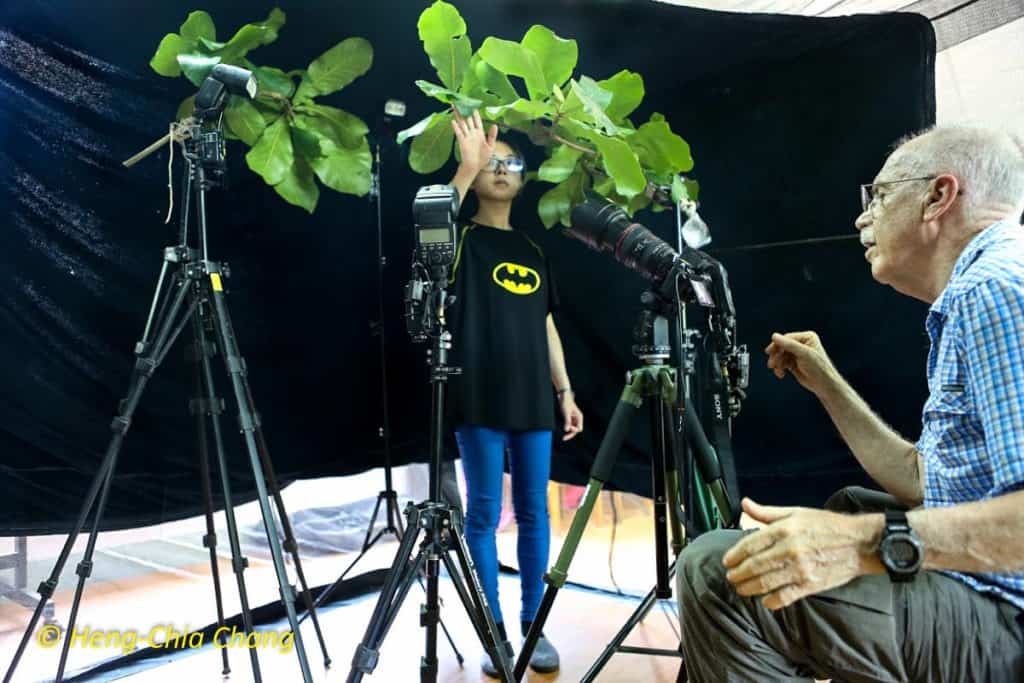
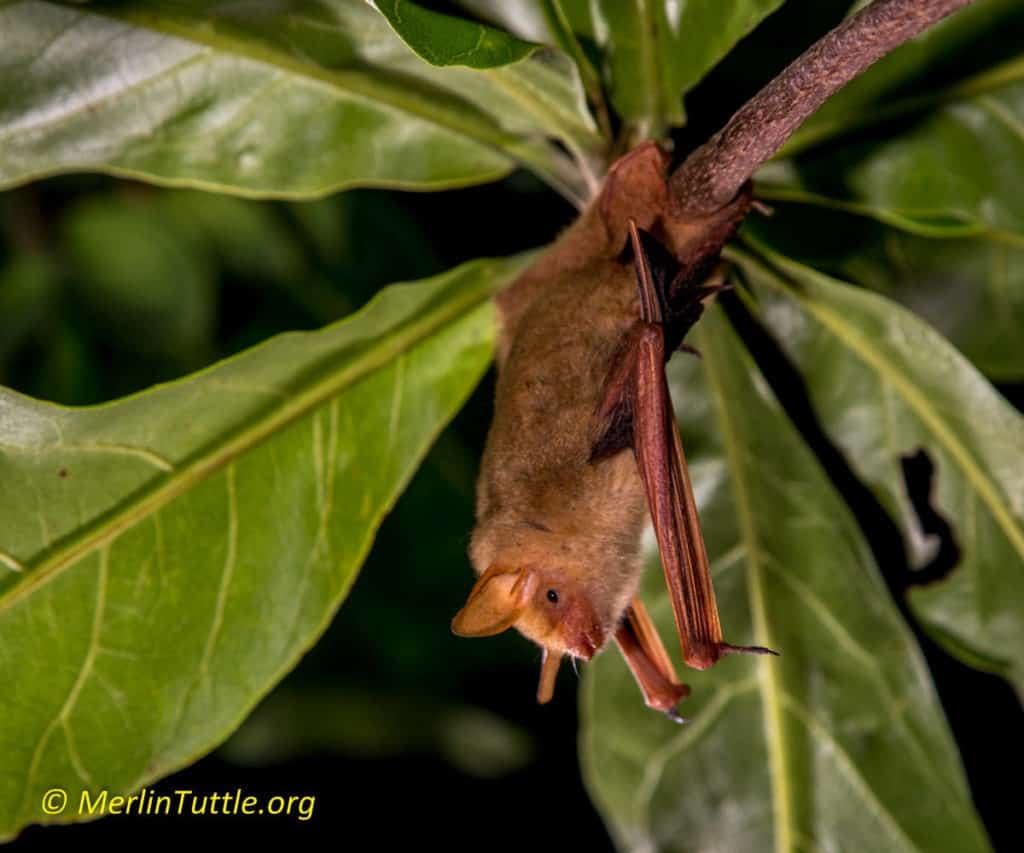
Our primary goals throughout this trip were to share conservation and photographic knowledge of bats with local conservationists while documenting bat predation on agricultural pests. Heng-Chia Chang (Thrash) obtained Oriental leaf-worm moths (Spodoptera litura), the most important pest of peanuts in Taiwan, from his family farm. This species, throughout Australasia, is one of the most costly pests of a wide variety of fruit and vegetable crops, so was ideally suited to illustrating bat values. By catching just one of these moths a bat can prevent more than 3,000 eggs from being laid on crops!
It took every last one of Thrash’s over 100 moths to get the desired capture photos. We worked with just two 5-gram bats, the Formosan lesser horseshoe bat (Rhinolophus monoceros) and a newly discovered, yet-to-be-described species of the genus Kerivoula (a relative of the woolly bats living in pitcher plants we photographed in Borneo, August 9 to 30).
Like the Kerivoula in Borneo, this one proved to be amazingly intelligent. On the night of capture, it absolutely refused to take mealworms from Merlin’s hand, capturing only moths we released in the studio.
We were amazed when on the second evening, our initially shy Kerivoula, who still had never even accepted food from Merlin’s hand, immediately seemed to recognize him and flew to his hand. The bat apparently remembered Merlin’s previous attempts at hand feeding. Never dreaming of such a thing happening, Merlin hadn’t yet brought food. However, undetered, the bat began bumping him in the face and landing on his head and shoulders, clearly impatient to be fed.
Since it was our last night for photography, we were thrilled to discover that both our bats were now excitedly ready to snatch every Oriental leaf-worm moth we released. The trick was to get photos as both a moth and a chasing bat were positioned just right in Merlin’s 15″ frame. Both bats quickly learned that we were keeping our moths in small plastic cups till being released within inches of an infrared beam. And both would attempt to snatch them the easy way, directly from the cups as they were being opened. The sneaky little characters repeatedly managed to steal moths before they could even be released, much to our chagrin.
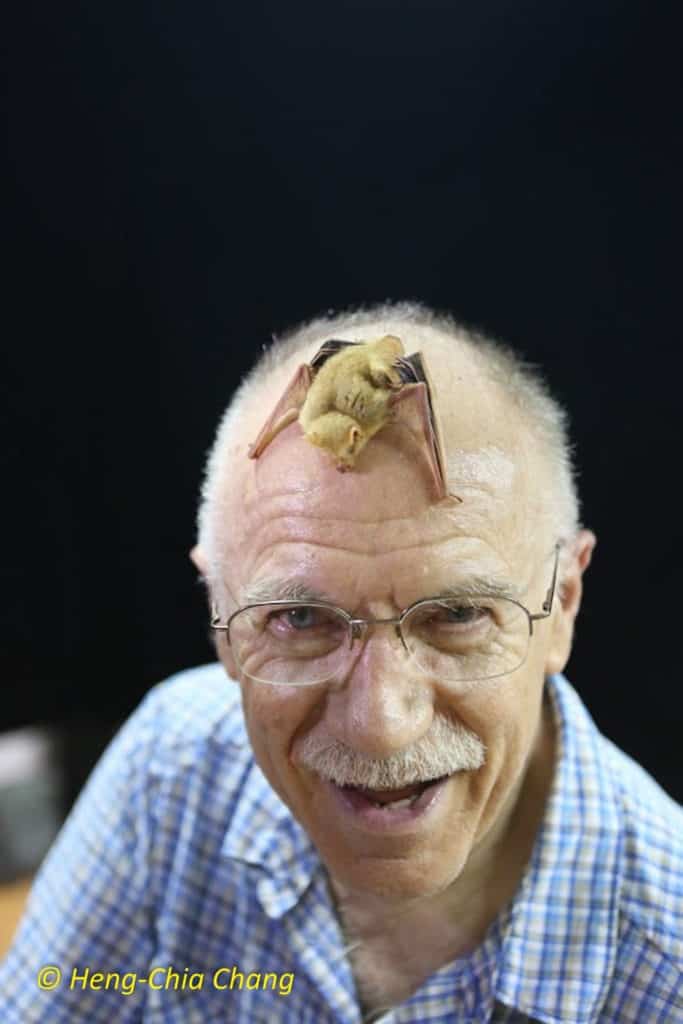
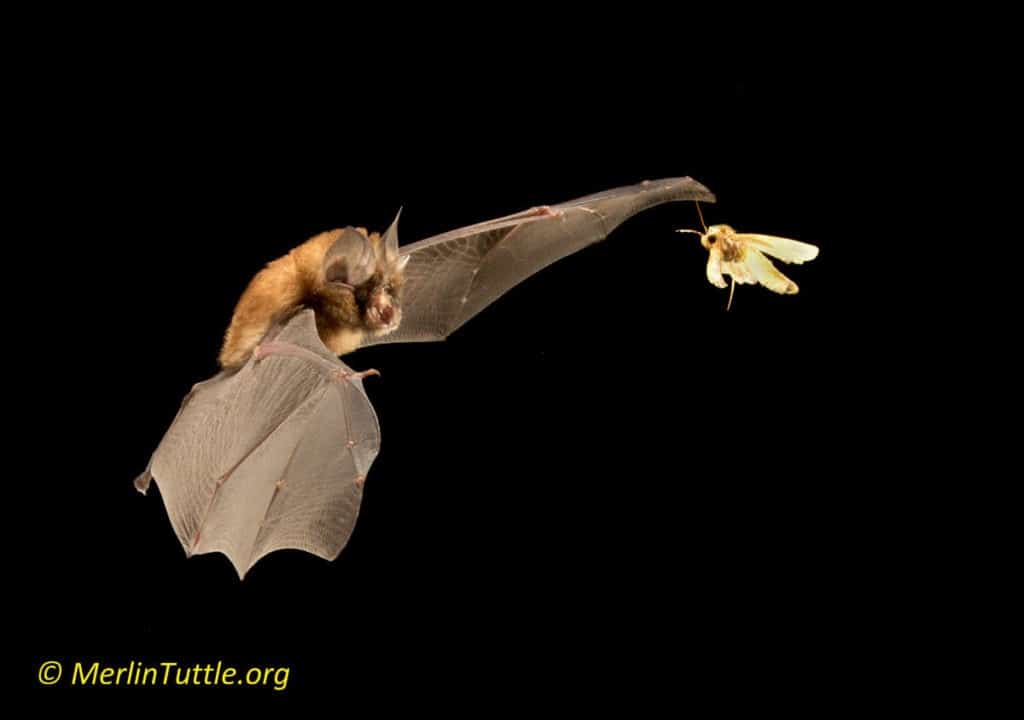
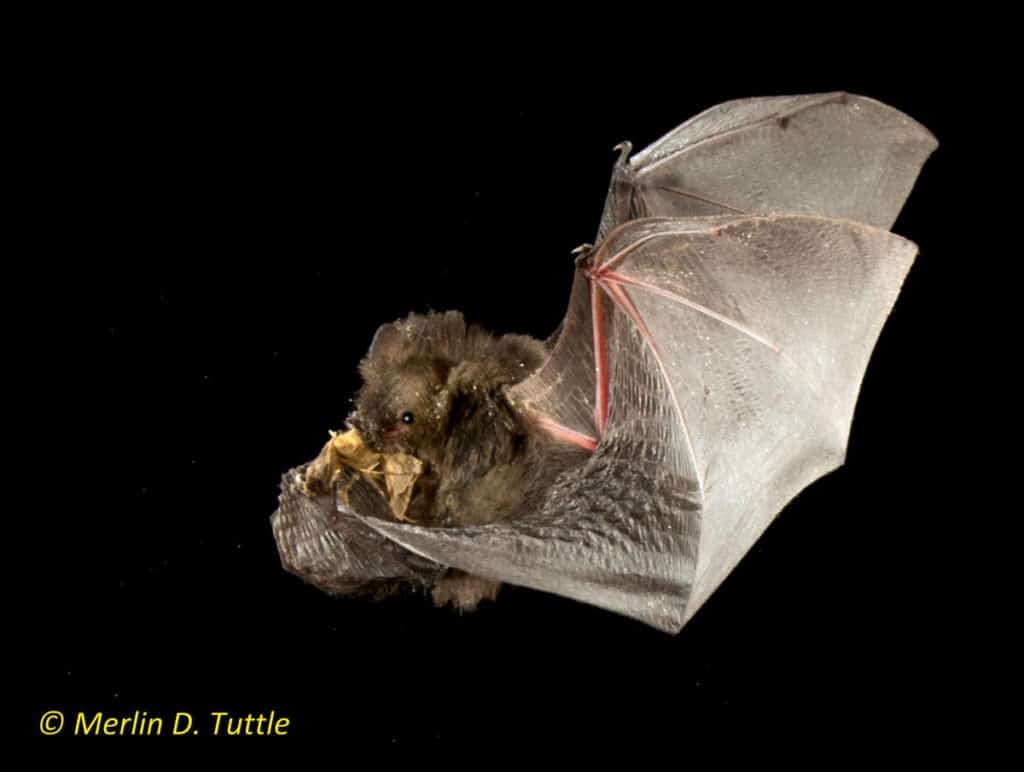
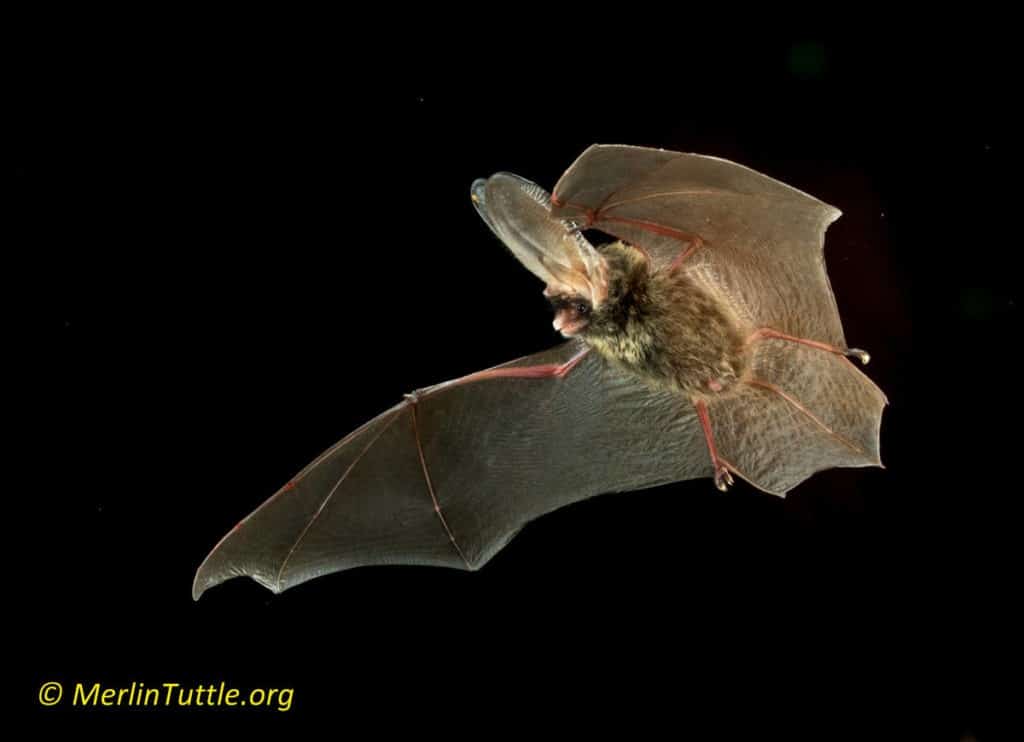
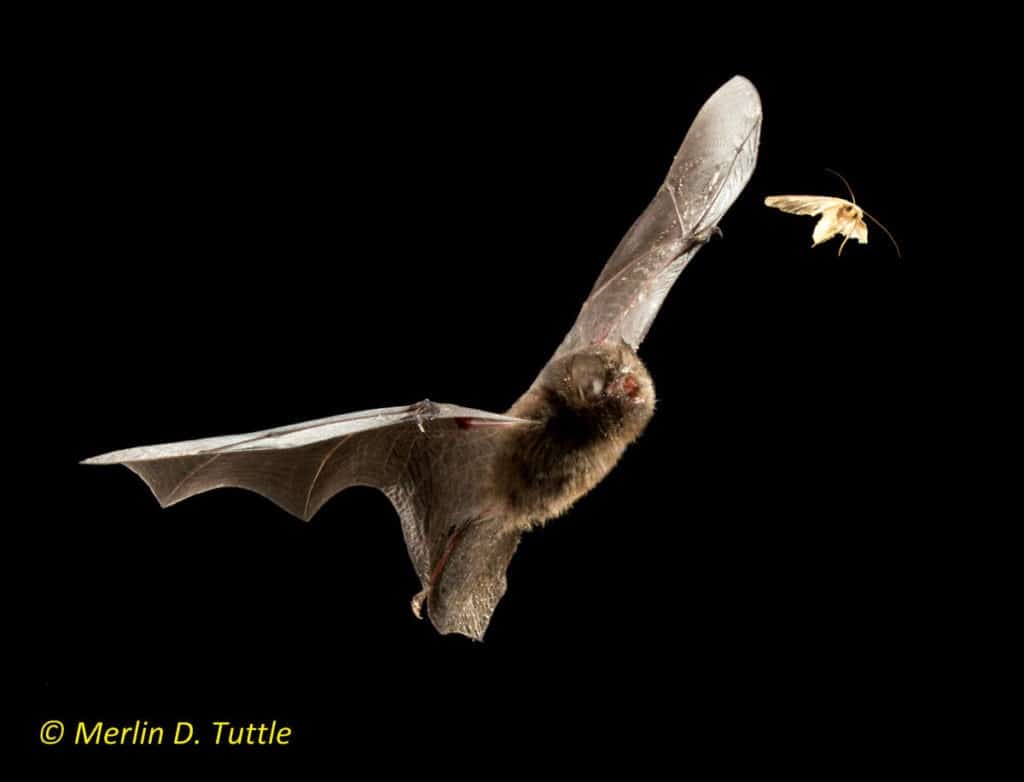
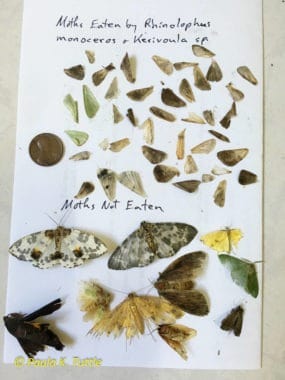
By midnight we were completely out of appropriate moths. It took Merlin till 3 AM to sort through all the images, finding just five useful ones. He had promised to include capture shots at his lecture for institute employees later that morning.
We spent the afternoon and evening packing our 350 pounds of gear and traveling back to Taipei for a 6 AM departure. The trip home took approximately 25 hours with only brief naps. Of course we’re exhausted but elated to finally have invaluable photos of bats capturing one of the world’s most costly agricultural pests. Thanks to Merlin’s late night editing, the images are already available in Taiwan for educating farmers, and soon will be added to our website.
Love our content? Support us by sharing it!
Bats are often misunderstood, but a new book is helping change that. In The Genius Bat: The Secret Life of the Only Flying Mammal, neuroscientist
Our fourth annual Join the Nightlife workshop, held in Central Texas, brought together conservationists, researchers, and farmers from around the U.S. to explore the many
Bats are the longest-lived mammals for their size, with species like the little brown bat (Myotis lucifugus) surviving over 30 years in the wild. Even
Can we afford to lose bats? A recent study by Eyal Frank of the University of Chicago reveals that the dramatic decline in U.S. bat
2024 © Merlin Tuttle’s Bat Conservation. All rights reserved.
Daniel Hargreaves is a lifelong bat conservationist who has worked globally to facilitate progress, including co-founding Trinibats, a non-profit bat conservation organization in Trinidad. He has organized and led field workshops worldwide, including five for MTBC. Following a long and successful career in business, he now manages a network of bat reserves for the Vincent Wildlife Trust in the UK, supervising research and development of new and innovative conservation techniques. Daniel also is one of the world’s premier bat photographers.
Madelline Mathis has a degree in environmental studies from Rollins College and a passion for wildlife conservation. She is an outstanding nature photographer who has worked extensively with Merlin and other MTBC staff studying and photographing bats in Mozambique, Cuba, Costa Rica, and Texas. Following college graduation, she was employed as an environmental specialist for the Florida Department of Environmental Protection. She subsequently founded the Florida chapter of the International DarkSky Association and currently serves on the board of DarkSky Texas. She also serves on the board of Houston Wilderness and was appointed to the Austin Water Resource Community Planning Task Force.
Michael Lazari Karapetian has over twenty years of investment management experience. He has a degree in business management, is a certified NBA agent, and gained early experience as a money manager for the Bank of America where he established model portfolios for high-net-worth clients. In 2003 he founded Lazari Capital Management, Inc. and Lazari Asset Management, Inc. He is President and CIO of both and manages over a half a billion in assets. In his personal time he champions philanthropic causes. He serves on the board of Moravian College and has a strong affinity for wildlife, both funding and volunteering on behalf of endangered species.